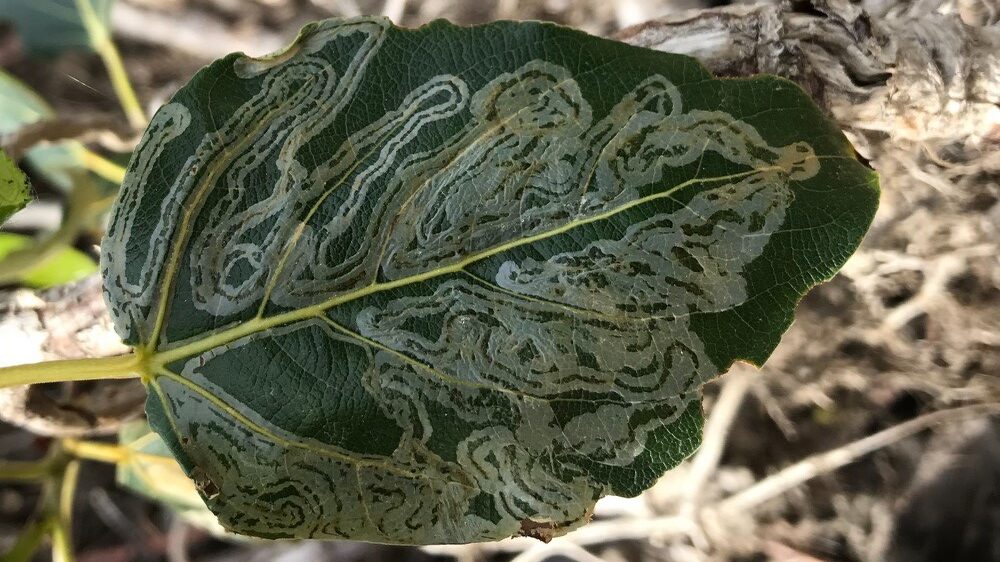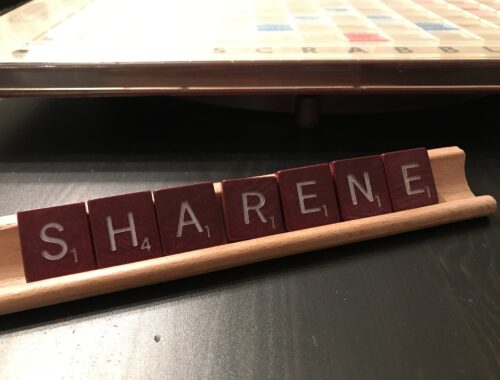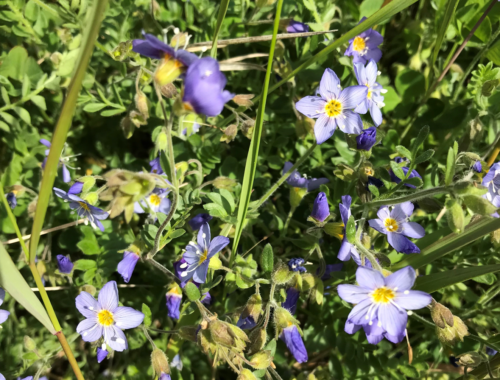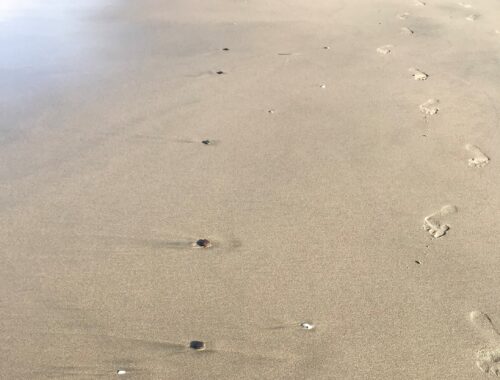
Our Skin as Our Life’s Map (Part One)
One of the best practices—according to our current understanding, anyway—for loved ones and caregivers of those with Alzheimer’s is to enter the world of the person with the disease. Instead of correcting or contradicting with facts that oppose what the person with AD is asserting, the loved one/caregiver validates, perhaps extends (might need to distract), from the focus. This can sometimes require a form of social engagement that borders on Olympian gymnastics, with nimbleness and turns and leaps along the unstable balance beam of conversation and connectivity. I have accepted, even embraced, usually being seen and known as my Aunt Carol. I love and admire my Aunt Carol; I have my own fond (if too limited, given her living most of her life in Las Vegas, and my living nowhere near there) history with her competence and compassion. I have some knowledge of my mother’s history within her family of origin, her position as a middle child, wedged between her five-years-older sister/Carol and her five-years-younger brother. Stretching, I can join my mother in referring to my maternal grandparents as “Mother and Dad”—I knew and love(d) them; they occupy a much more beneficent role in my lived experience and memory than in my mother’s. Within my mother’s world and with enormous effort, I can even agree with and refer to my (beloved, deceased) father as “Bob,” her husband, Carol’s (my) brother-in-law, someone on the further edge of familial, familiar circles for Carol (me) than the actual, central, nature, nurture, legendary, known, and Pacific Ocean status he occupies for me/Nancy, in my head and heart and self.
Where I only slightly validate but consistently push back (sweetly, I hope, but stickily, my grandmother’s/Mother’s adage of “honey further than vinegar” ringing in my ears) is when my mother criticizes her skin with fresh horror and shocked concern—perhaps borne of often thinking she’s a college student, surrounded by adults (caregivers), meeting with her friends in the dining hall a few times a day—at seeing her skin and all the places it covers (face, arms, hands, belly, legs, all over, everything) in dramatic contrast to her current, shifting sense of herself, her internal reality as young, as unformed, as still needing to figure it all out.
Decades ago, still in my late teens or early 20s, I was completely enraptured by a page in a magazine, a close-up black and white photo of two people. The aged person on the left of the photo had been captured mid-thigh to just below knee with a reaching, clasping hand, skin translucent and mottled and wrinkled and delicately draped over disappearing strands of muscles, thinning bones, the knees larger than the legs above or below. The second person was a toddler captured from head to hip, with round, full cheeks, fat folds on arms and hands and fingers, plump belly, smooth skin. The toddler’s arms were wrapped around the elder’s left leg, the toddler’s head turned into the outside edge of the elder’s knee, the essential and comforting connection between them made clear. That illustration of the arc of skin, of what happens to its apparent and underlying structures, of how much this largest and most external organ of ours is shaped by experience and becomes visible to us and everyone looking at us—our hours in sunshine and at meals and sleep; our life stories’ slips and scars; all our attempts at sustenance and repair; the map of it all laid out on our outermost selves—was then and remains one of the most beautiful things I had ever seen, a source of repeated wonder.




